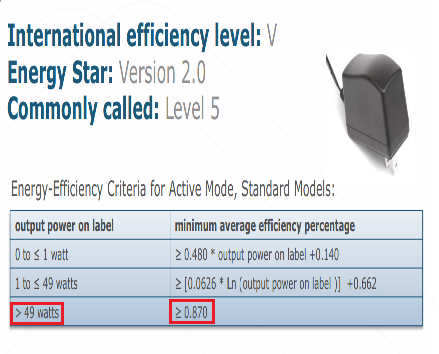| megafenix said: slower? even if doenst match the bandwichith of the wiiu edram it still rules on latency, which is also imprtanta and we already saw that on the gamecubevs xbox era, so at the end of the day both memories might give the same results. Of course that wanst the only reason they changed the approach
here, but you have to read http://www.eurogamer.net/articles/digitalfoundry-vs-the-xbox-one-architects " "This controversy is rather surprising to me, especially when you view as ESRAM as the evolution of eDRAM from the Xbox 360. No-one questions on the Xbox 360 whether we can get the eDRAM bandwidth concurrent with the bandwidth coming out of system memory. In fact, the system design required it," explains Andrew Goossen. "We had to pull over all of our vertex buffers and all of our textures out of system memory concurrent with going on with render targets, colour, depth, stencil buffers that were in eDRAM. Of course with Xbox One we're going with a design where ESRAM has the same natural extension that we had with eDRAM on Xbox 360, to have both going concurrently. It's a nice evolution of the Xbox 360 in that we could clean up a lot of the limitations that we had with the eDRAM. "The Xbox 360 was the easiest console platform to develop for, it wasn't that hard for our developers to adapt to eDRAM, but there were a number of places where we said, 'gosh, it would sure be nice if an entire render target didn't have to live in eDRAM' and so we fixed that on Xbox One where we have the ability to overflow from ESRAM into DDR3, so the ESRAM is fully integrated into our page tables and so you can kind of mix and match the ESRAM and the DDR memory as you go... From my perspective it's very much an evolution and improvement - a big improvement - over the design we had with the Xbox 360. I'm kind of surprised by all this, quite frankly." " |
Latency means jack shit in rendering but thanks for dodging my question ...
The rest is irrelevant information to me.

















































